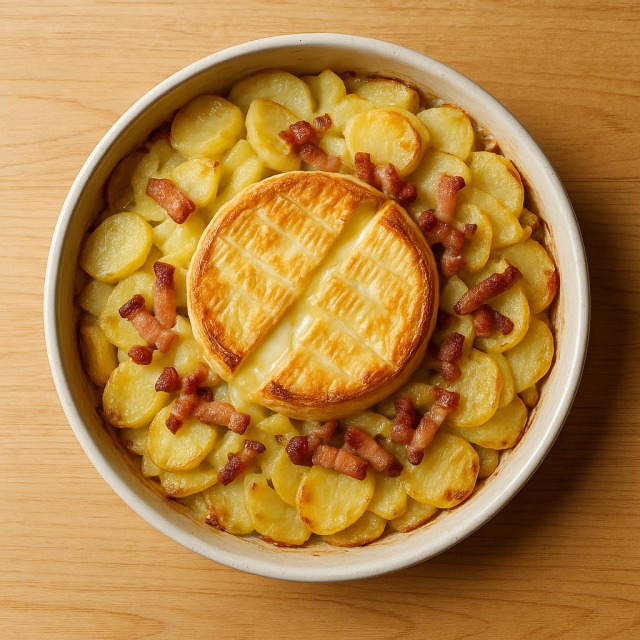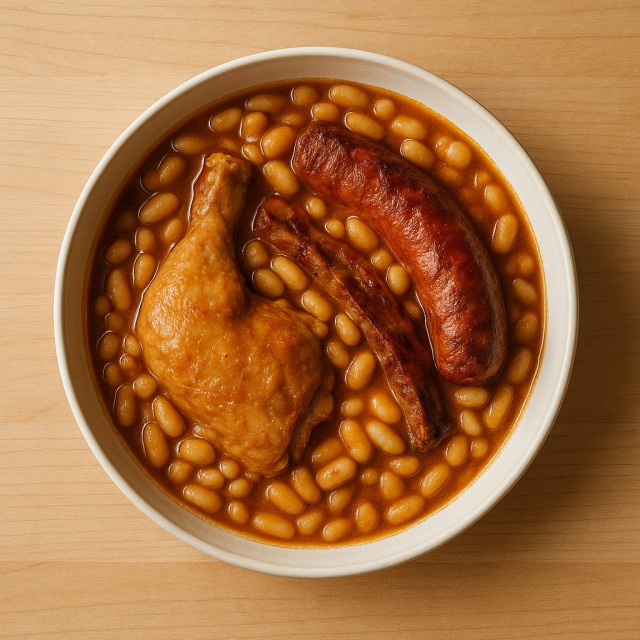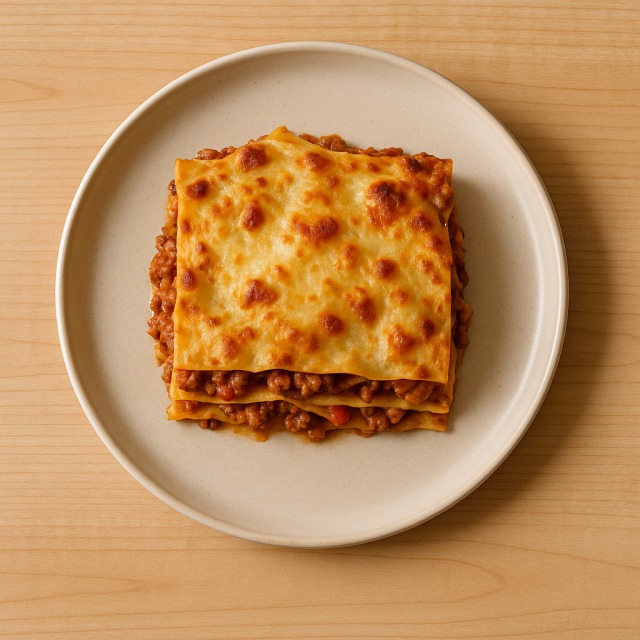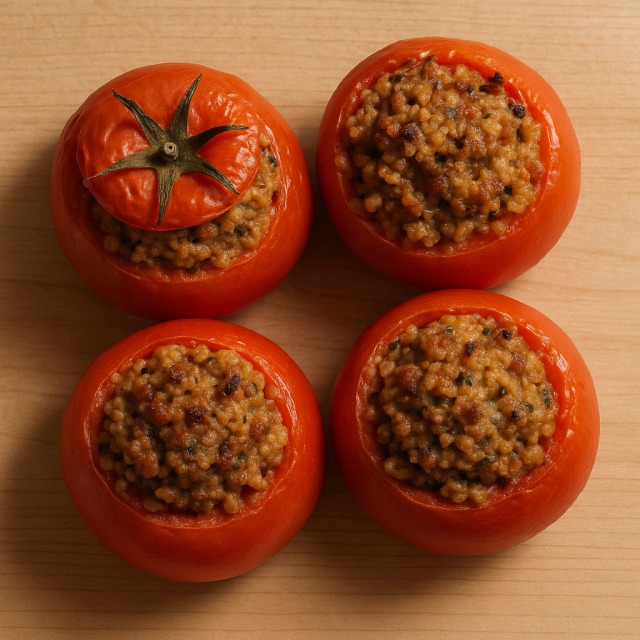Calorie Chart / Recipes / Piemontaise salad
How Many Calories Are in Piemontaise salad?
Calculation of the nutritional value & Recommended Dietary Intake of Piemontaise salad
For g and a calorie requirement of kcal
| Calories 276 kcal | Proteins 5.2 g | Lipids 15 g | Carbohydrates 10 g |
| 14% | 7% | 22% | 4% |
Health benefits of Piemontaise salad
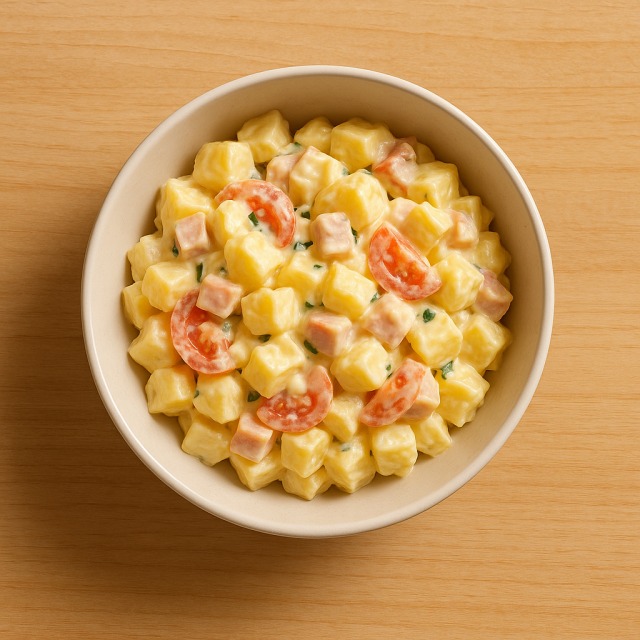
Piemontaise salad - 100g
Calories 138 kcal
Proteins 2.6 g
Lipids 7.7 g
Carbohydrates 5.1 g
Piemontaise salad is considered a moderate-calorie dish, with 138 calories per 100 g—less than many deli salads but higher in calories than a simple green salad. Those calories come mainly from the mayonnaise and diced potato, giving the recipe a balanced mix of carbohydrates, lipids, and a touch of proteins.
Thanks to its ingredients, it supplies interesting micronutrients: the potatoes bring potassium and a little vitamin C, the diced egg contributes vitamin B12, selenium, and choline, while the mayonnaise provides vitamin E from its oil base. Small gherkins and vegetables sometimes added to the recipe supply vitamin K and fibre. Sodium is present because of the cooked ham, so people watching their salt intake should be aware—yet that same ham delivers extra proteins without dramatically raising calories.
Historically, the recipe was inspired by an Italian preparation from the Piedmont region, then "French-ified" with mayonnaise in the late 19th century. Knowing this background helps to understand why the salad packs moderate calories: it was conceived as a complete meal for workers needing enough calories to stay energised.
In short, Piemontaise salad offers an easy way to refuel with fairly moderate calories, a variety of vitamins and minerals, and a satisfying texture that can curb cravings—features appreciated by both people monitoring their calories and athletes looking for convenient energy.
Tips for incorporating Piemontaise salad into a balanced diet
If you enjoy Piemontaise salad but wish to keep calories in check, replace half of the mayonnaise with light yogurt and add extra diced cucumber. This swap maintains creaminess while trimming calories and boosting protein.
For a balanced plate, serve a 150 g portion (≈210 calories) alongside grilled salmon and steamed green beans. The lean fish offers complete proteins, the beans add fibre, and the salad brings carbohydrates—so you get varied textures without letting calories spiral.
Looking for a picnic idea? Pack Piemontaise salad with a small portion of tabbouleh and fresh fruit. Compared with fries or chips, this combination delivers fewer calories, more vitamins, and longer-lasting satiety.
Athletes who need extra calories can enrich the recipe with diced avocado or a spoon of olive oil; conversely, people aiming to reduce calories can increase the share of vegetables (peas, carrots) and cut the ham by half. In every scenario, counting calories remains easy because the salad is usually eaten cold and can be weighed precisely before serving.
Frequently Asked Questions
- How many calories are in Piemontaise salad?
- There are 138 kcal per 100 g.
- Is Piemontaise salad suitable for weight-loss diets?
- With 138 calories per 100 g, it can fit into a calorie-controlled plan when portions are measured and lighter mayonnaise is used.
- How can I lower the calories in homemade Piemontaise salad?
- Use half mayonnaise and half light yogurt, add more vegetables, and reduce ham; these tweaks can cut calories by up to 30%.
- What is a typical serving size and its calories?
- A common 150 g serving provides about 210 calories; double-check by weighing to align with your daily calorie target.
- Which nutrients, besides calories, does Piemontaise salad provide?
- It supplies potassium, vitamin C, vitamin B12, vitamin E, and a modest 2.6 g of proteins per 100 g, making it more than just a source of calories.
Similar foods
Information provided by Calorie Menu may contain inaccuracies or errors. It cannot, under any circumstances, substitute medical advice or medication.

